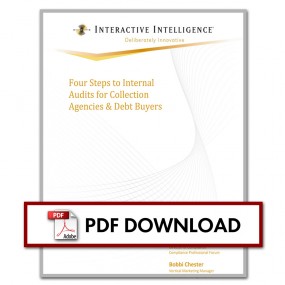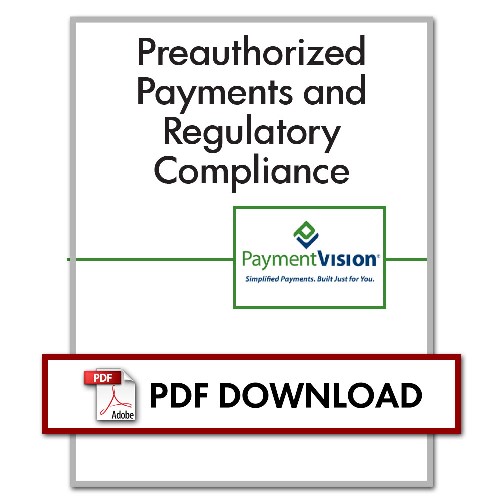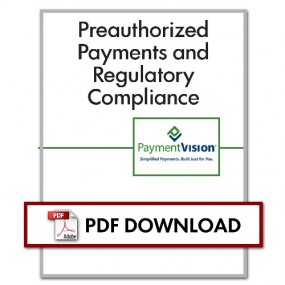
At a symposium in midtown Manhattan Thursday, three representatives from New York City and state financial regulators provided some clarity to recently-enacted rules impacting collection agencies, debt buyers, and collection law firms operating in the state.
The event, hosted by debt buying trade group DBA International, was well attended by attorneys and operations professionals from ARM firms of all types. The diversity of the participants speaks to the broad confusion over how to best comply with rules recently enacted by New York State’s Department of Financial Services (DFS), some of which are slated to take effect next week.
DFS itself acknowledged the confusion last week with the release of answers to commonly asked questions from the ARM industry regarding the new rules. But there were still far more issues to clear up as collectors implemented the changes.
The symposium featured presentations from Joy Feigenbaum, DFS Executive Deputy Superintendent; Antonio Galvao, Deputy Counsel with New York State’s Office of Court Administration (OCA); and Marla Tepper, General Counsel with New York City’s Department of Consumer Affairs (DCA). Feigenbaum discussed the new DFS rules, the primary focus of the symposium, while Tepper and Galvao explored the interplay between the new DFS rules and new requirements recently enacted by their offices.
All three also sat on a lengthy Q&A panel afterwards that gave participants an opportunity to ask specific questions about how to comply with the new requirements. The panelists were very candid in their replies to questions and offered to provide additional clarification in cases where a specific question could not be answered live. The industry is urged to monitor the DFS site in coming weeks for any additional clarity.
Feigenbaum stressed that the focus of the new regulations was very narrow, in her department’s view. The most onerous of the new rules impact only charged-off debt resulting from a credit transaction involving a third party financial firm. There are exemptions from the rules for credit extended directly by a seller of a product or service that she confirmed would exclude most medical debt and other types of debt, such as auto loans that were granted by a dealer. The new rules do specifically apply to debt buyers.
Similarly, Galvao noted that new rules issued recently by the New York’s OCA concerning debt collection law suits in state courts are very narrow. “The rules are quite narrow in the scope of their application, but will have broad impact due to the volume of suits they cover,” said Galvao. The new court rules will apply only to default judgment requests made by ARM plaintiffs.
He noted that public comments, especially by industry groups like DBA, helped to narrow the scope even further before final implementation. For example, Galvao said that one of the major changes was limiting the scope to credit card collection lawsuits only.
While the regulators argued that the rules would be narrow, many attendees noted that the debt types and collection practices singled out would have much broader impact, as they cover a large swath of the ARM industry.
One point of contention was the language mandated in disclosures by the upcoming DFS rules and how they overlap or seemingly conflict with requirements already in place by DCA for collections in New York City.
DFS and DCA have requirements for disclosures provided to consumers when attempting to collect a time-barred debt. But model language provided by the agencies is different. Both Feigenbaum and Tepper explicitly stated that ARM firms collecting in New York can have a statewide compliant disclosure if they use the current NYC DCA language with one additional passage that tells consumers that suing on the debt is a violation of the FDCPA and that if the consumer pays, or agrees to pay, the debt, the SoL could restart.
All three also addressed a potential federal layer of confusion if CFPB debt collection rules do not perfectly overlap with their requirements. They said that each agency had been working very closely with the Bureau and that all will re-examine their rules if needed when the CFPB issues its debt collection rules proposal.
Combined with universal disclosures required for all accounts, a new DFS provision regarding debt substantiation, and additional information mandated for accounts that are charged-off (including an itemized accounting of charges, fees, and payments) many attendees noted an issue with “real estate” on certain communications. In short, how can all of the required written disclosures be made on an account that triggers all of the requirements?
Part of that issue has to do with the requirement that the disclosures be “clear and conspicuous.” While DCA has mandated placement and even font size in their guidance, DFS has not gone as far. When asked, Feigenbaum noted that DFS will be using FTC guidance on “clear and conspicuous,” and that ARM firms should look to that interpretation to inform their letter layouts.
Still, she conceded that there may be room to more actively help the industry with letter real estate and offered to review letter samples, should the industry provide them, for feedback.
Access to required documentation from creditor clients for substantiation, a DFS concept that goes beyond the FDCPA’s validation, was another point of contention. The level of documentation required is far greater than before. All of the regulators noted that it falls on the ARM firm to work this out with clients before accounts are transferred or sold.
One attendee noted, “This implementation will be about 80% IT and 20% compliance.” Fortunately for the industry, the substantiation requirements do not become effective until August.
In an afternoon session, ARM legal experts Irwin Kirschenbaum and Don Maurice noted that the new DFS rules do not include a right to private action. This means that the government will be the only entity able to bring actions under the statute. While it may be a comforting thought that plaintiffs’ attorneys will not be able to use the new rules in suits, it was pointed out that any changes in letter language will probably prompt FDCPA challenges, even if the language was mandated by a regulator.
Maurice also noted that when DFS engages in an investigation of an ARM firm under the new statute, it will most likely look very carefully at policies and procedures regarding the identification of time-barred debt. He and Kirschenbaum also reiterated what the regulator panel said about working with clients, that the ultimate impact of the new rules will be to create a much more hands-on relationship with creditors.
Legal Symposium with New York Regulators Clarifies New Debt Collection Rules in the State
http://www.insidearm.com/daily/credit-card-accounts-receivable/credit-card-receivables/legal-symposium-with-new-york-regulators-clarifies-new-debt-collection-rules-in-the-state/
http://www.insidearm.com/feed
insideARM





 Your clients are expecting you to conduct various audits of your processes and procedures.
Your clients are expecting you to conduct various audits of your processes and procedures.






